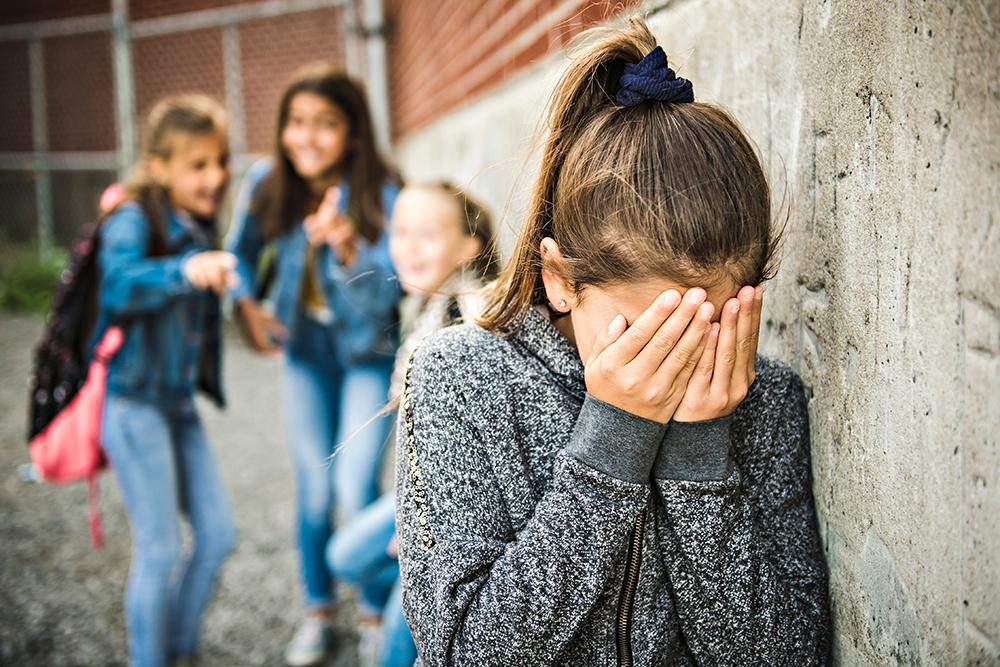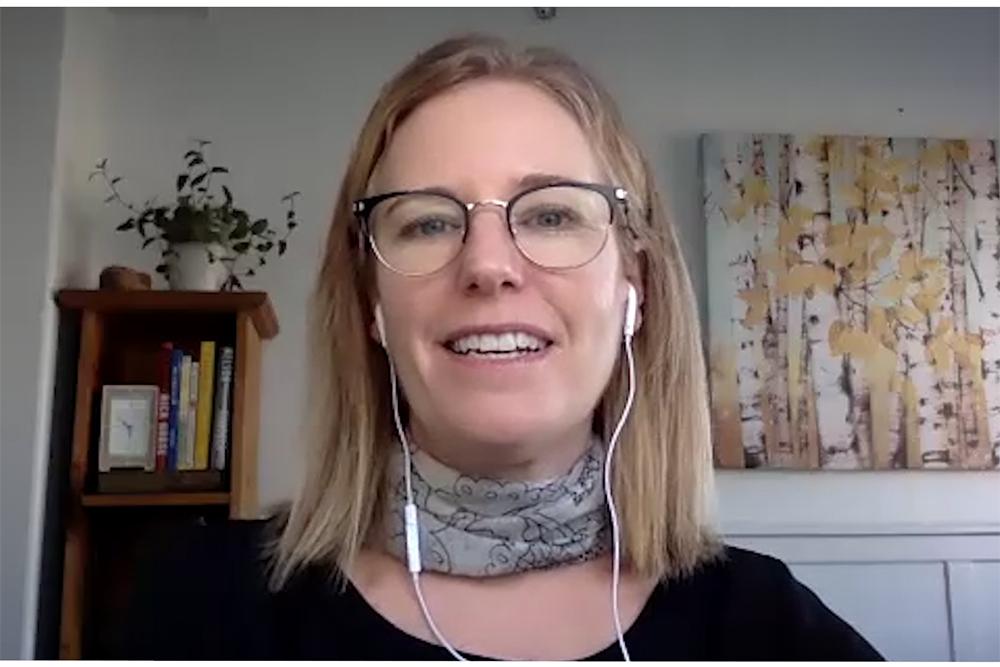 You may have heard it in school growing up, and your youth athletes are probably hearing it in school currently:
You may have heard it in school growing up, and your youth athletes are probably hearing it in school currently:
If you see someone being bullied, it’s important that you take action to help stop it.
But even though we know it’s up to us as witnesses to say or do something, doing so when we actually see bullying is still much easier said than done.
However, like with free throws or job interviews, learning to stop bullying as a bystander is something that can be practiced and improved upon. For many adults and students alike, this is the only way to ever feel comfortable intervening in a real life bullying situation.
Intervening As A Parent
A 2011 review looked at the methodology and results of 89 different bullying prevention studies. While the effectiveness of these programs was mixed, there was a common component that all successful ones shared.
Regardless of if a school had a strict zero-tolerance policy or a more peer-to-peer mediation program, each effective program had an element of parental involvement. In particular, educational presentations and parent-teacher meetings were found to the most successful components of those examined.
Dan Olweus, a former university professor with over 40 years experience in researching bullying, says that schools, parents, and coaches need to teach their students to tell an adult if they are being bullied. If they do, he suggests the following to parents in his Olweus Bullying Prevention Program:
- Control your own emotions. Step back and think carefully about what you will do next.
- Support your child and find out more about the bullying. Do not ignore the bullying or tell your child to ignore it. This sends the message that bullying is okay.
- Don’t blame your child for the bullying. No matter what your child does, he or she does not deserve to be bullied.
- Do not tell your child to fight back. This is not likely to end the problem and could make it worse by getting your child in trouble at school.
- If your child begs you not to talk to anyone at school about the bullying, you might say, “What happened is wrong. It is against the school’s rules and has to stop. Parents have agreed to be a part of keeping all students safe at your school. We need to let school staff know about this. We promise to do all that we can to make things better for you, not worse.” Never promise your child that you will not tell school staff if you plan to do so.
- Explain the facts that you know to your child’s teacher or coach. Tell them that you want to work with your child’s school to solve the problem.
- Do not talk to the parents of the child who bullied your child. Let school staff do this.
- Expect the bullying to stop. Talk often with your child and his or her teacher to make sure this happens.
If you’re stumped about what to actually say to a school, Pacer’s National Bullying Prevention Center offers a free template letter to help you easily write an effective letter or email.
Like students, parents can also have bullying prevention skills and empathy reinforced through group role plays. Olweus has put together a bullying circle exercise for adults, which has has your team or school parents acting out eight different characters in a bullying scenario. The scripts for each ‘character’ can be viewed or printed from here and the instructions feature discussion questions for after.
How Students Can Intervene To Stop Bullying
A similar role-playing activity can be found here in TrueSport’s Teach section, where there is an entire plug-and-play curriculum based around bullying prevention. The activity is for groups of 3-5 people and designates students to play the bully, victim, and bystanders.
So students can think through what they’ll do in the moment, Pacer has developed a Student Action Plan Against Bullying. The plan is a worksheet that has students reflect on a bullying situation they have seen, consider what they could have done to help (or done differently), and what steps they could take to ensure they will take action the next time they see bullying. The plan provides examples for each steps and also a blank worksheet for students to fill out their own.
Another anti-bullying organization, Stomp Out Bullying, has put together their own list of what bystanders can to do support a victim of bullying:
- Don’t laugh
- Don’t encourage the bully in any way
- Don’t participate
- Stay at a safe distance and help the target get away
- Don’t become an “audience” for the bully
- Reach out in friendship
- Help the victim in any way you can
- Support the victim in private
- If you notice someone being isolated from others, invite them to join you
- Include the victim in some of your activities
- Tell an adult
Like with teaching sports or school-related skills, teaching kids that they can put a stop to bullying takes repeated and deliberate practice. Encourage your athlete’s youth sport coaches or teachers to try incorporating exercises like these once or twice a season or semester so that kids can practice being better bystanders.
The Impact Bystanders Have
Even if they feel like they aren’t, every student who sees bullying is taking part in some way by committing one of these five actions:
- Joining in on the bullying once it has started
- Encouraging the bully by giving them validation (through laughing, cheering, or similar)
- Passively accepting the bullying and letting it continue
- Getting support from other bystanders or reporting to adults
- Intervening directly by voicing displeasure, defending the victim, and/or redirecting the situation away from bullying
If a bystander chooses to tell an adult, it’s then up to the adult to take action. If nothing is done, Olweus says, “Even students who initially sympathize with or defend victims may eventually come to view bullying as acceptable if responsible adults fail to say otherwise.”
In some cases, the bystander has more power than even the victim to change the situation. This makes it crucial for parents, coaches, and students to think ahead (and practice) how they’ll intervene to help stop bullying.
Following through will make the act of being a good bystander go from being something we hear about to something we and our kids actually do.
—
Sources:
http://www.educationworld.com/a_issues/issues/issues103.shtml
http://www.pointdume.smmusd.org/pdf/OlweusBullyingPrevention.pdf



